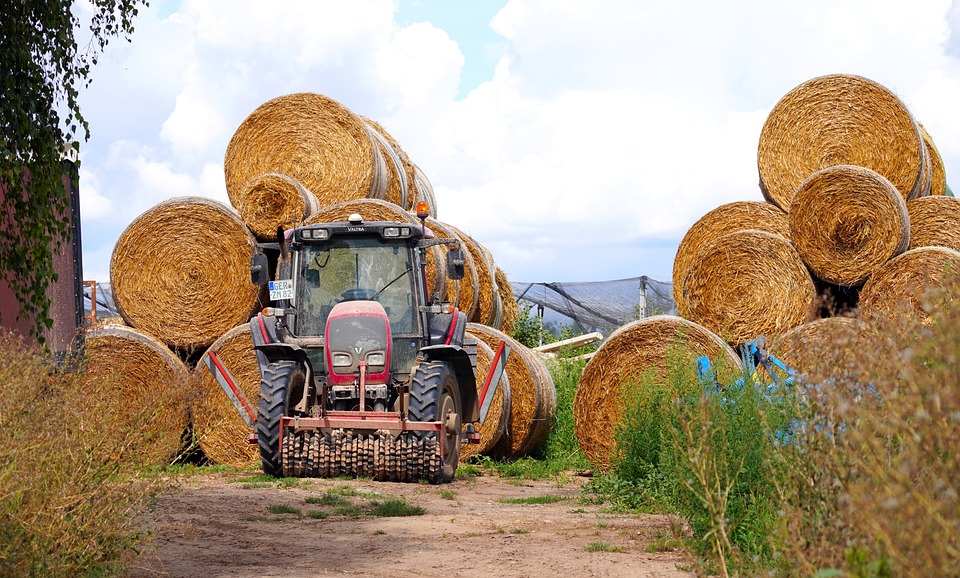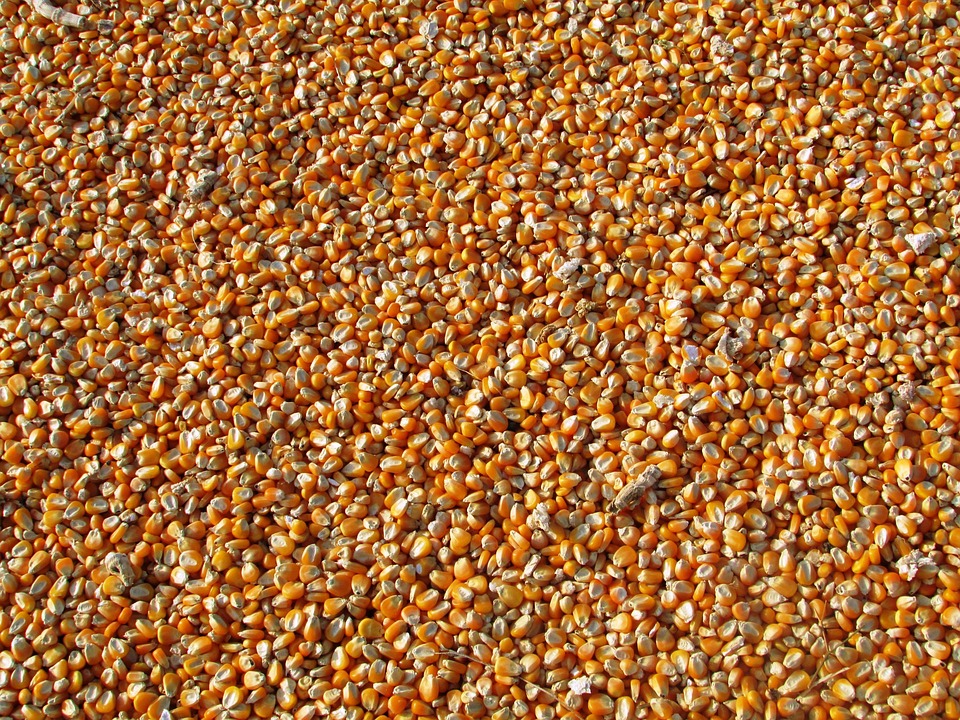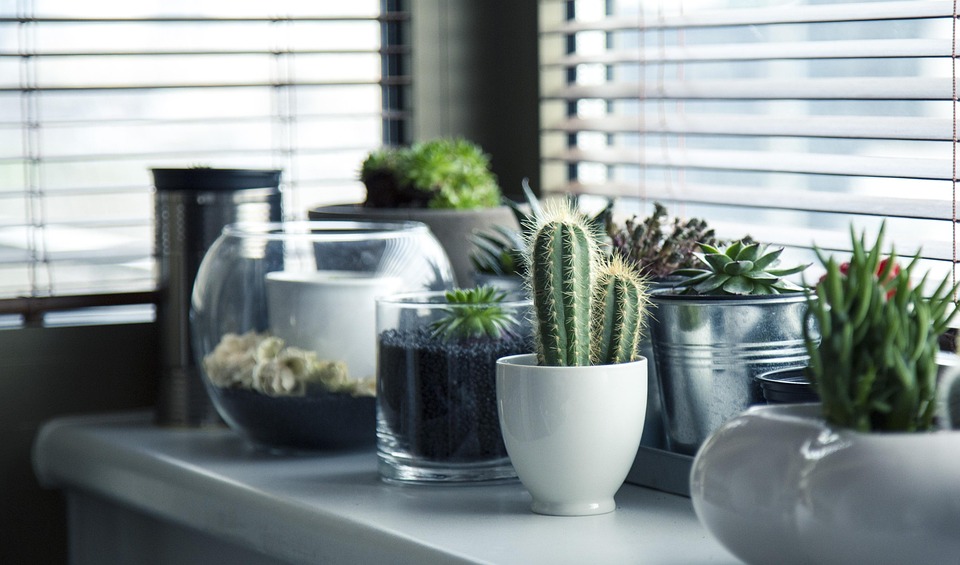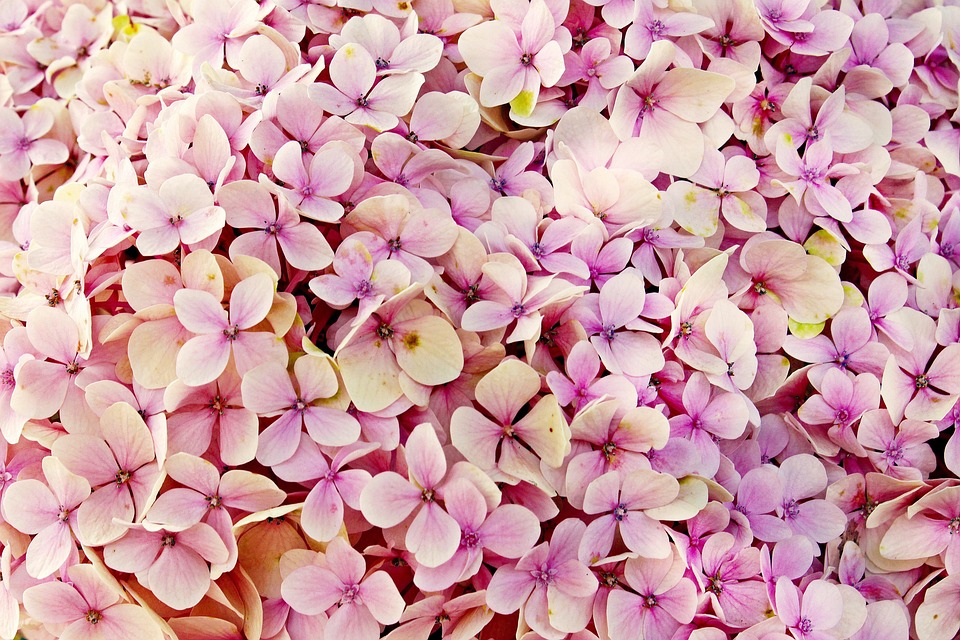Feel free to mix and match or adjust these titles to better fit your audience!
# Cultivating a Thriving Off-Grid Garden: Your Path to Sustainable Farming Fun Picture this: The first sunlight of the day breaks through the mist, illuminating the rows of vibrant greens and colorful blooms in your garden. You take a deep breath, filled with the crisp, invigorating scent of dew-kissed earth. The only sounds are the gentle rustle of leaves and the cheerful chorus of birds greeting the morning. There’s magic in witnessing your garden thrive, nurtured by your own hands and the sustainable practices you’ve adopted. Let’s dive into the world of off-grid gardening, where every seed sown is a step toward self-sufficiency and joy! ## The Joy of Sustainable Gardening Gardening off the grid isn’t just about cultivating food; it’s about creating a lifestyle that rejoices in nature’s rhythm. Imagine growing your own vegetables, fruits, and herbs while minimizing your carbon footprint. Sustainable farming practices not only promote biodiversity but also create a miniature ecosystem in your backyard. ### Components of Off-Grid Gardening 1. **Soil Health** The foundation of any successful garden is healthy soil. Composting organic waste, using natural fertilizers like manure, and practicing crop rotation are essential. Healthy soil retains moisture and nutrients, allowing plants to thrive. 2. **Water Conservation** Water is a precious resource, especially off the grid. Implement rainwater harvesting to collect runoff from your roof, and consider drip irrigation systems that deliver moisture directly to the roots where it’s needed most. 3. **Natural Pest Management** Embrace the wonders of nature by introducing beneficial insects, like ladybugs and lacewings, which act as natural pest controllers. You can also create homemade sprays using garlic or chili to deter pests without harming the ecosystem. 4. **Companion Planting** This ancient technique involves planting different crops together to enhance growth. For instance, tomatoes thrive alongside basil, which can help repel pests, while beans provide nitrogen for the soil. 5. **Seasonal Planting** Each season brings its bounty. Embrace seasonal gardening by growing crops suited for each time of the year. In spring, sow peas and spinach, while fall is perfect for hearty squashes and root vegetables like carrots and beets. ### Fun Gardening Techniques #### 1. Hugelkultur Hugelkultur, a German term meaning “mound culture,” is an innovative way to recycle woody materials like logs, branches, and leaves by burying them to create raised beds. As the materials decompose, they nourish the plants, requiring less water and creating a thriving habitat for worms and microbial life. #### 2. Vertical Gardening For those with limited space, vertical gardening is an exciting solution. Transform old pallets, trellises, or even kitchen scraps into a vertical garden. This approach maximizes space and creates a stunning visual effect while increasing your yield. #### 3. Permaculture Permaculture is about designing your garden as a self-sustaining ecosystem. By observing how natural systems function, you can create a productive environment where everything works together harmoniously. This could mean planting an apple tree near a berry bush to attract pollinators while ensuring both plants thrive. ### Gardening for Sustainability Growing food not only reduces your dependence on grocery stores but also yields fresher, more nutrient-dense produce. There’s a unique satisfaction that comes from harvesting what you’ve sown. To make your garden even more sustainable, consider these practices: – **Seed Saving:** Collect seeds from your healthiest plants to plant in future seasons. This not only saves money but also promotes local biodiversity by adapting crops to your unique local environment. – **Organic Practices:** Avoid chemicals and synthetic fertilizers. Stick to natural alternatives such as compost, mulch, and green manures. This preserves soil health and protects local wildlife. – **Crop Diversity:** Growing a variety of crops keeps pests at bay and improves the resilience of your garden. Embrace the beauty and diversity of nature and experiment with unusual plant varieties or heirloom seeds. Share your produce with neighbors and friends to encourage community engagement! ### Pro Tips for Off-Grid Gardening 1. **Start Small**: If you’re new to gardening, begin with a small patch. This allows you to learn without feeling overwhelmed. 2. **Plan Ahead**: Draw a garden layout to maximize space and sun exposure. Consider what crops can thrive together and when to plant them for a steady harvest. 3. **Stay Organized**: Keep a gardening journal to track planting dates, growth stages, and any issues. This record will prove invaluable over time. 4. **Learn Patience**: Nature operates on its own timeline. Whether it’s a seedling taking its time to sprout or a fruit tree maturing, patience is key in enjoying the gardening experience. 5. **Engage Your Community**: Share seeds, plants, and gardening tips with neighbors. This not only fosters community but also helps you learn and grow together. ### The Importance of Community in Off-Grid Living Gardening can be a solitary pursuit, but don’t underestimate the value of community connections. Join local gardening clubs or attend workshops. Share knowledge, trade seeds, or simply enjoy a potluck featuring dishes made from your gardens. Collaborating with others can introduce new techniques and provide moral support. Plus, gardening friends are the best at sharing delicious recipes when you have a bumper harvest! ### Crafting Your Off-Grid Garden Space #### 1. The Right Location It’s crucial to choose an adequate location for your garden. Look for a spot that receives full sun for most of the day and has good drainage. Consider microclimates—areas in your yard that may be warmer or cooler than others. #### 2. Garden Structures Incorporate structures like trellises and raised beds for easy access and increased yield. These additions not only optimize growing space but can also prevent common problems like weed overgrowth. #### 3. Aesthetics Matter Decorate your garden with whimsical touches—a birdhouse, a fragrant herb spiral, or colorful flowers. Aesthetics not only make your garden attractive but can also create an inviting atmosphere for you and beneficial wildlife. ### Harvesting and Beyond When the time comes to harvest, savor each moment. Share the fruits of your labor with loved ones, experiment with canning, or dry herbs for later use.










